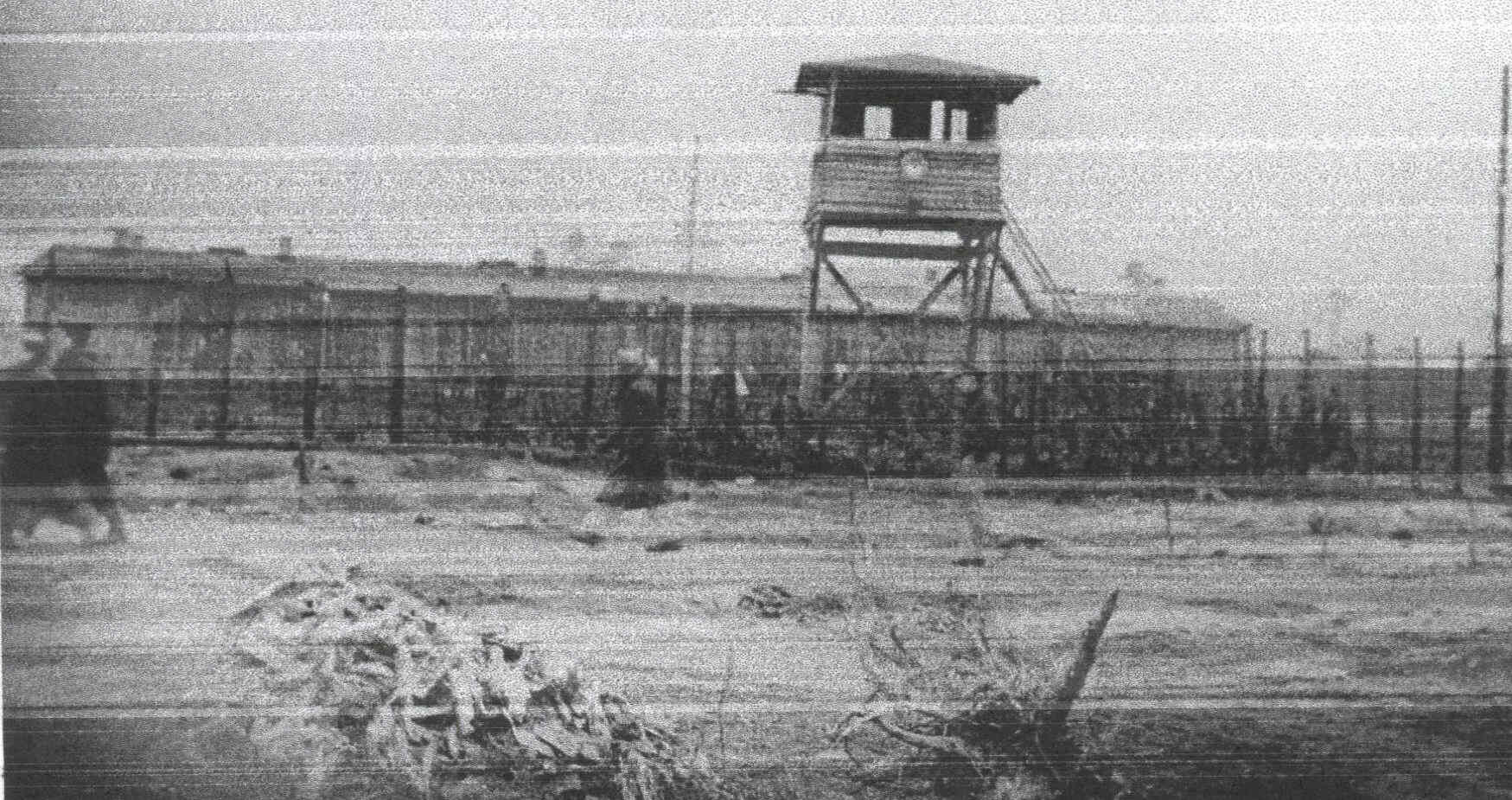
Life as a prisoner of war was difficult. It was characterized by constant hunger, extreme weather – both cold and hot, filth (including lice,) boredom, hopelessness, and there was occasionally brutal treatment by the guards.
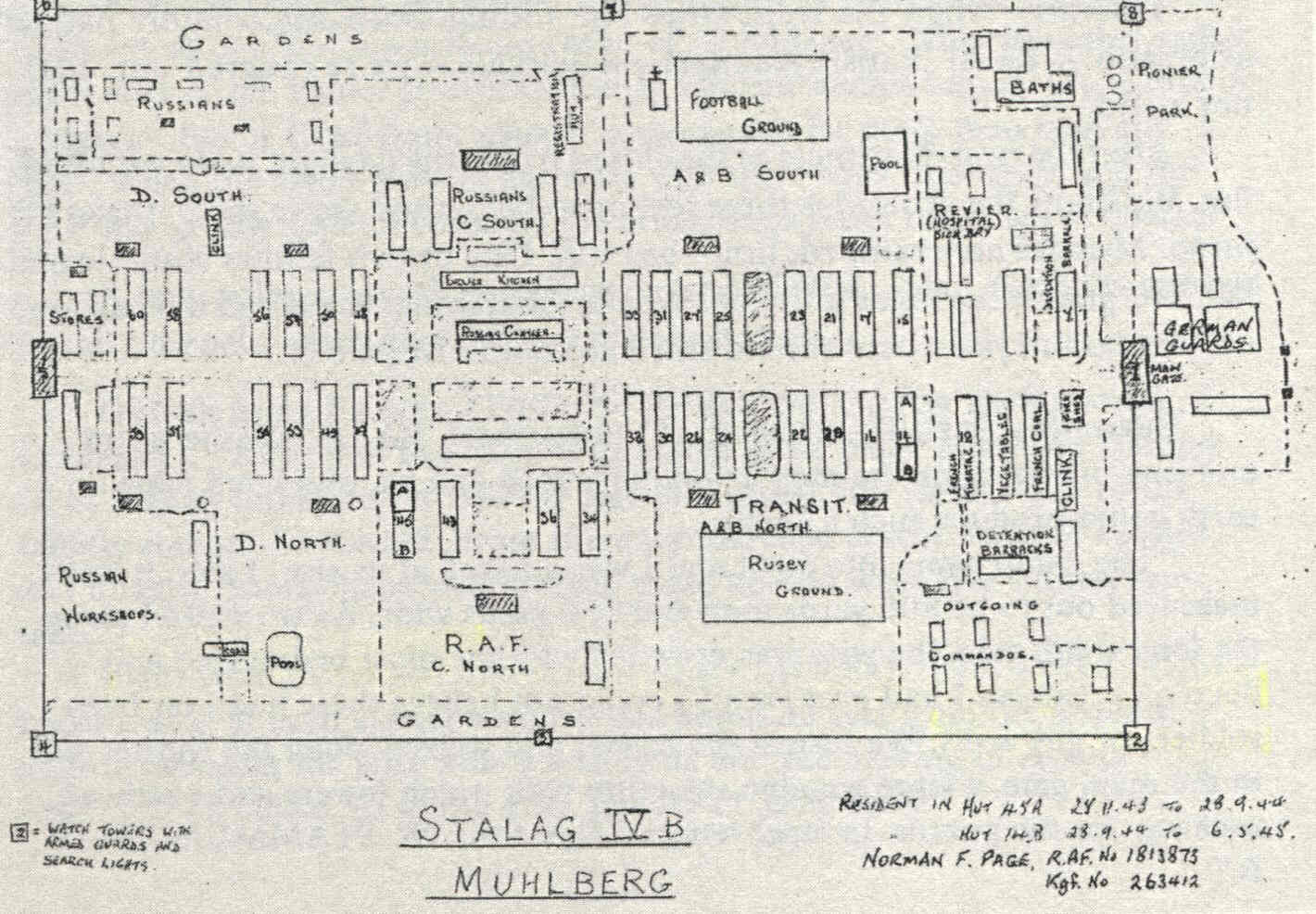
Every 100 yards or so there was an armed guard tower. Any prisoner found outside the fence would be shot. But for would-be escapees getting outside the camp fence was the easy part. It was the traveling of hundreds of miles through enemy territory, undetected, without a steady source of food and water that was many times more difficult.
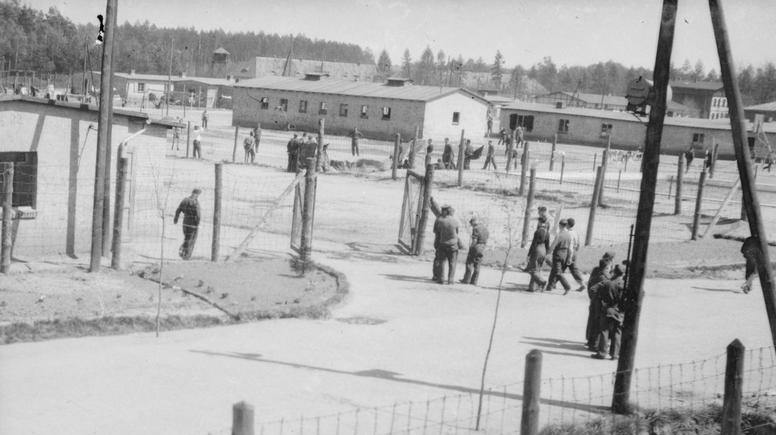
Just one blanket and often no pillow were the standard. In the cold weather the heating systems were seldom up to the task of keeping the men warm. Often this was due to a shortage of coal. Inside a lack of ventilation led to a stench that was so bad that it interfered with sleep.
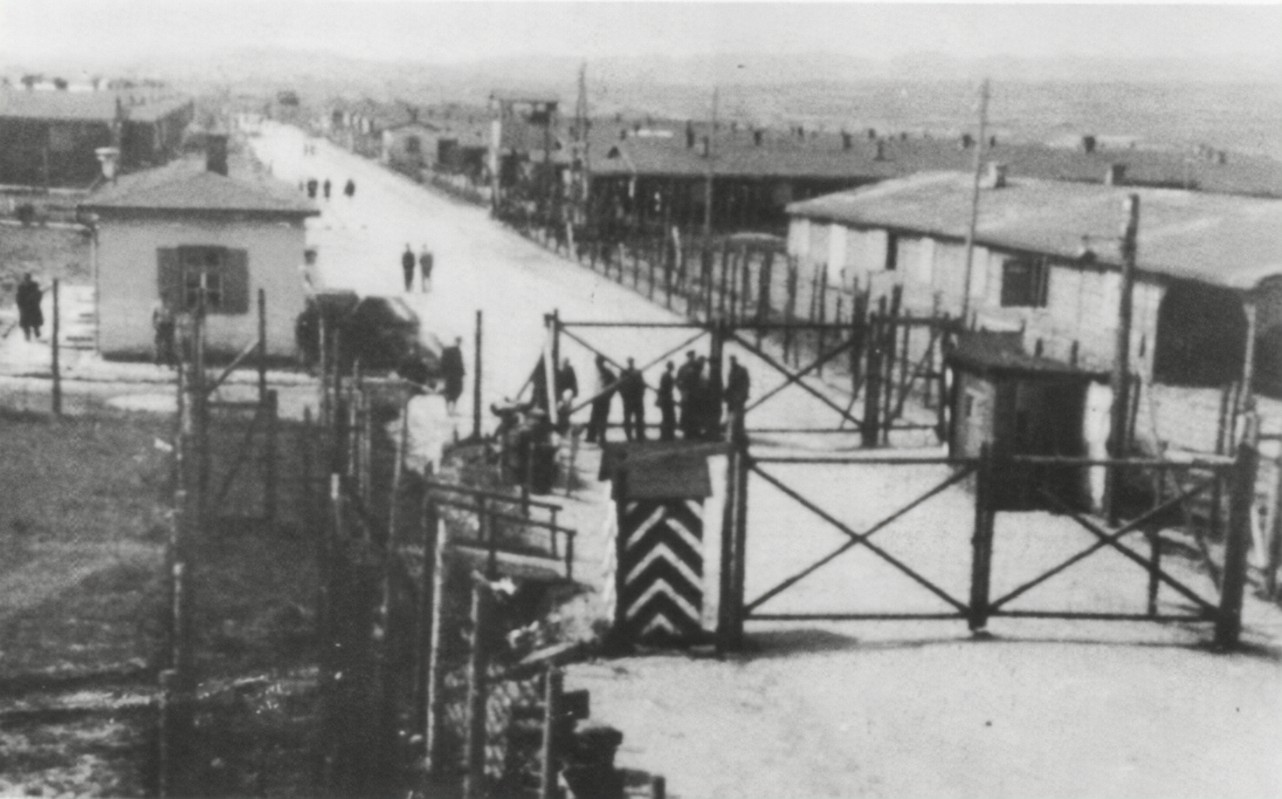
Showers for any prisoner, if allowed at all, were limited to around one a month.
In the camp, the POWs for the most part did their own thing. The Germans only guarded them. The main duty for the Germans was conducting roll calls twice a day to ensure that no one had escaped. Most of the German guards were “reasonable” men in their 50s who were too old to be fighting with the German army. But there was an occasional guard who took great pleasure in making life miserable for the American prisoners.
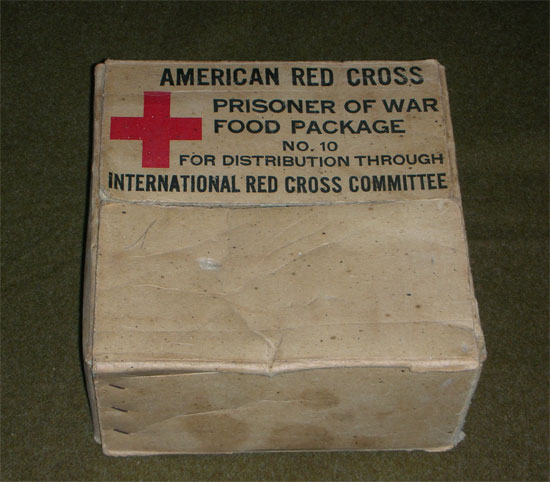
The limited food rations that the Germans provided amounted to a starvation diet. Tiny potatoes, watery soup, and black bread were simply not enough.
Fortunately, the 1929 Geneva Convention, signed by Germany and the United States, allowed for food packages and other items to be delivered on a regular basis to the prisoners by the International Red Cross. This “regular basis” and their goal of one package for one man per week would prove overly optimistic.
But the 27 million Red Cross food parcels delivered during the war made a tremendous difference in the health of the average prisoner. Less than 2% of American prisoners of war held by the Germans died in captivity. The Red Cross food parcels were often referred to as “lifesaving” for good reason.
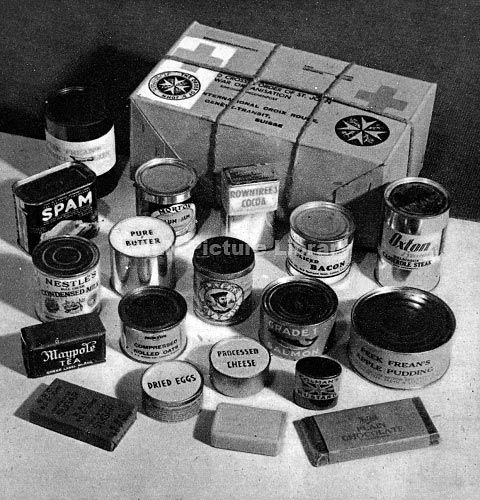
Other special Red Cross packages consisted of medical supplies ranging from Band-Aids, antiseptic ointment, aspirin tablets, cotton, bandages, safety pins, soap, and disinfectants.
The food packages were assembled by volunteers in packing centers in Philadelphia, New York, and other locations throughout the country.
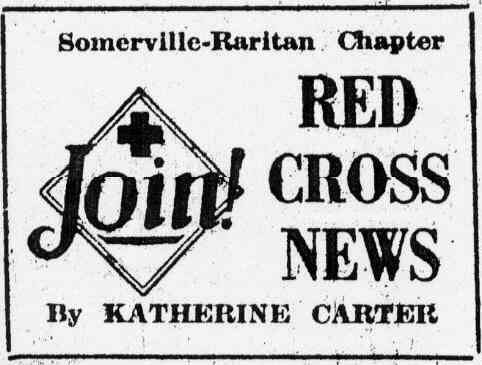
Regardless, prisoners would still be given individual cigarettes. The cigarettes functioned as a medium of exchange when trading other items. Stores were set up by the prisoners. The only currency accepted was cigarettes.

The local chapter here was the Somerville-Raritan Chapter whose headquarters was in Somerville. Most Red Cross fund-raising drives met their goal. These drives involved going door to door – thus many volunteers were needed.

It reads:
“Our Boy A Prisoner of War … there isn’t much you can do when you hear your boy is a prisoner.
Yet you do have one consolation.
The far-reaching arm of the Red Cross gets supplementary food parcels to our prisoners regularly whenever possible.
It also brings extra clothing, cigarettes, and medicines to the boys.”

Any recreation and food preparation, or internal discipline were the responsibility of the prisoners.
To combat boredom the prisoners organized a vast number of activities. Playing cards was one of the most popular activities. Often in any one barracks there were 4 or 5 card games going on at once.
Outdoor sports commonly played were softball, soccer, and volleyball – with equipment obtained through the Red Cross or by trading with the guards (a common thing.)
Many of the largest POW camps had makeshift theatres where the prisoners did an amazing job staging productions. Costumes were improvised and the female roles (acted by men) played with conviction.
play inside a German POW camp.
The many female parts were played by men.

With all these activities for one to do, it could sound like the prisoners were in summer camp. But they were definitely not. Keep in mind these activities were done while the prisoners were hungry, often facing extreme weather conditions, filthy, and often covered in lice. Not to mention the emotional anxiety over the uncertainty of when the war would end.
Sometimes the prison guards, wise to the encroaching Allied troops, simply fled leaving the camp. Other times Allied troops overran the camps with the guards still in it. In these instances, often the liberating troops would ask the now former prisoners if there were any sadistic or cruel guards that they wanted “taken care of”. There were usually one or two.